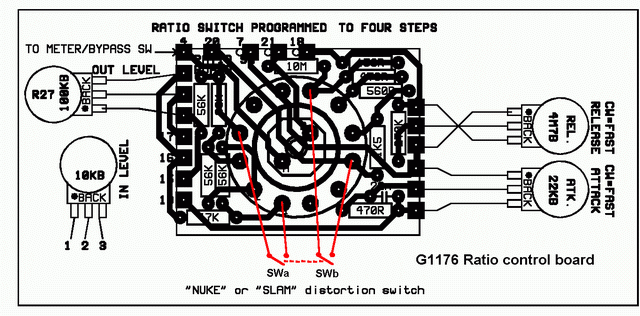mac
Well-known member
Thanks Geoff, I found this quote from Mnats which also helped clarify...
[1, 2, B, C are correct.
3 on the pushbutton should go to 6 on the rotary board - R51 to pad Y.
12 on the pushbutton should go to 9 which is connected to pad X. These latter two are for the +4 setting so they need to connect to the output on the line amp.
4 goes to 4 = ground. Correct, but the designations are confusing since there is also a pad 4 on Jakob's layout.
A goes to A = pad 22 which is also point 22 on the schematic. So that is also correct.
/quote]
Now I understand 4 is ground.
I think my build is going to have three toggle switches per channel now, plus the "stereo=Mono" link toggle. A separate switch for GR Disable / Enable.
I do like to complicate things!
Mac.























![Soldering Iron Kit, 120W LED Digital Advanced Solder Iron Soldering Gun kit, 110V Welding Tools, Smart Temperature Control [356℉-932℉], Extra 5pcs Tips, Auto Sleep, Temp Calibration, Orange](https://m.media-amazon.com/images/I/51sFKu9SdeL._SL500_.jpg)











